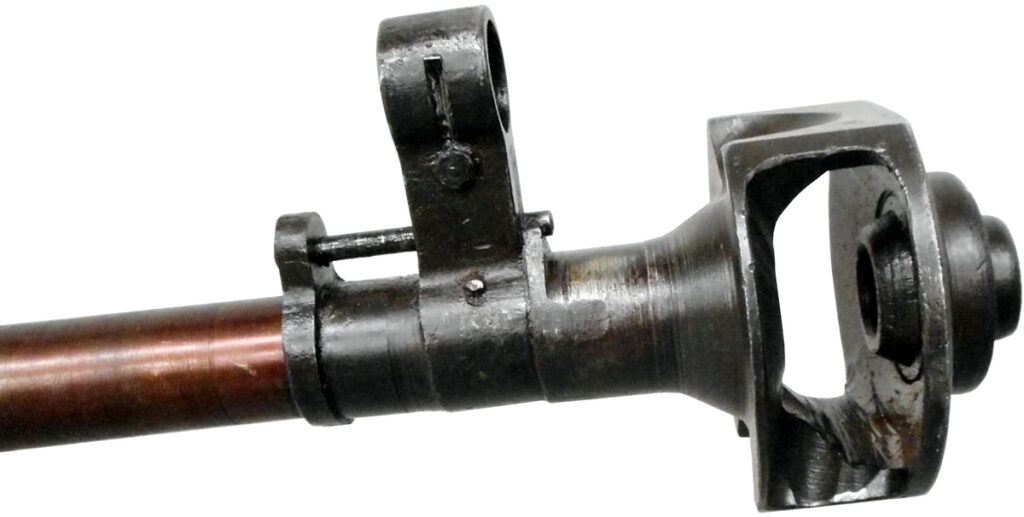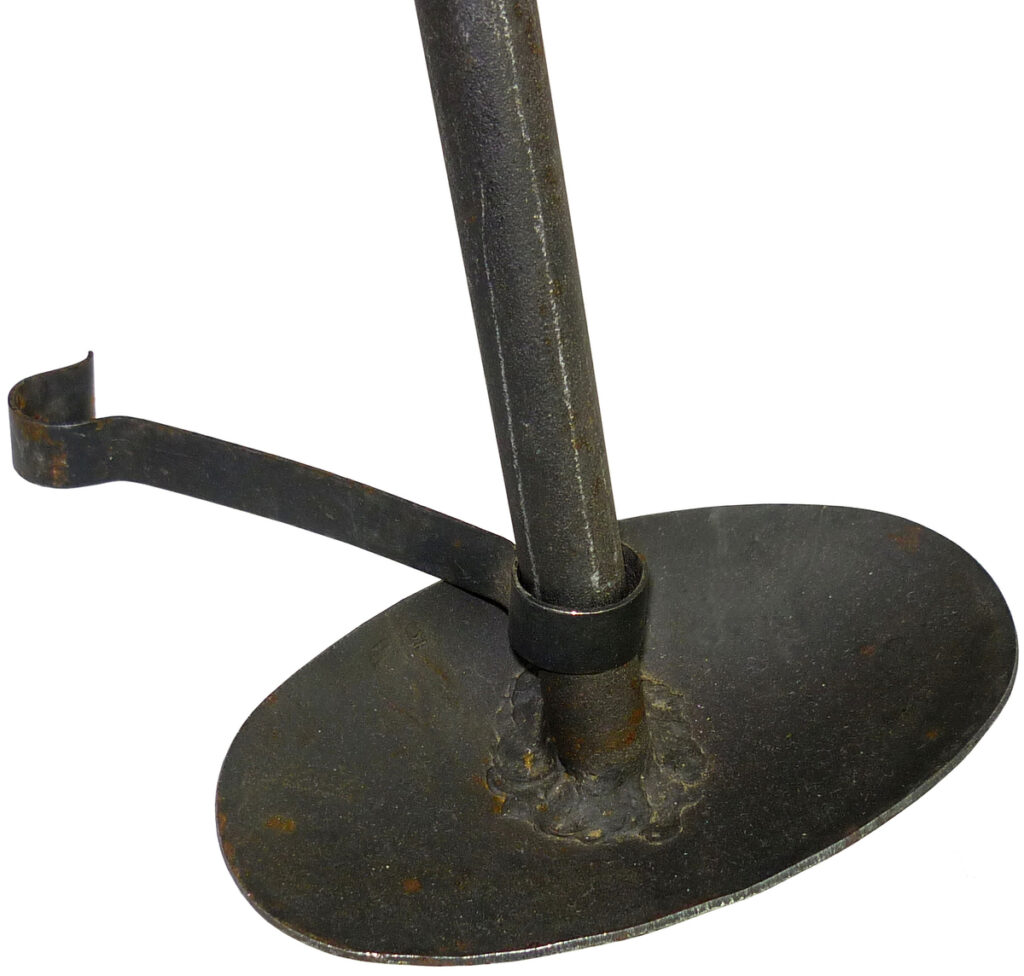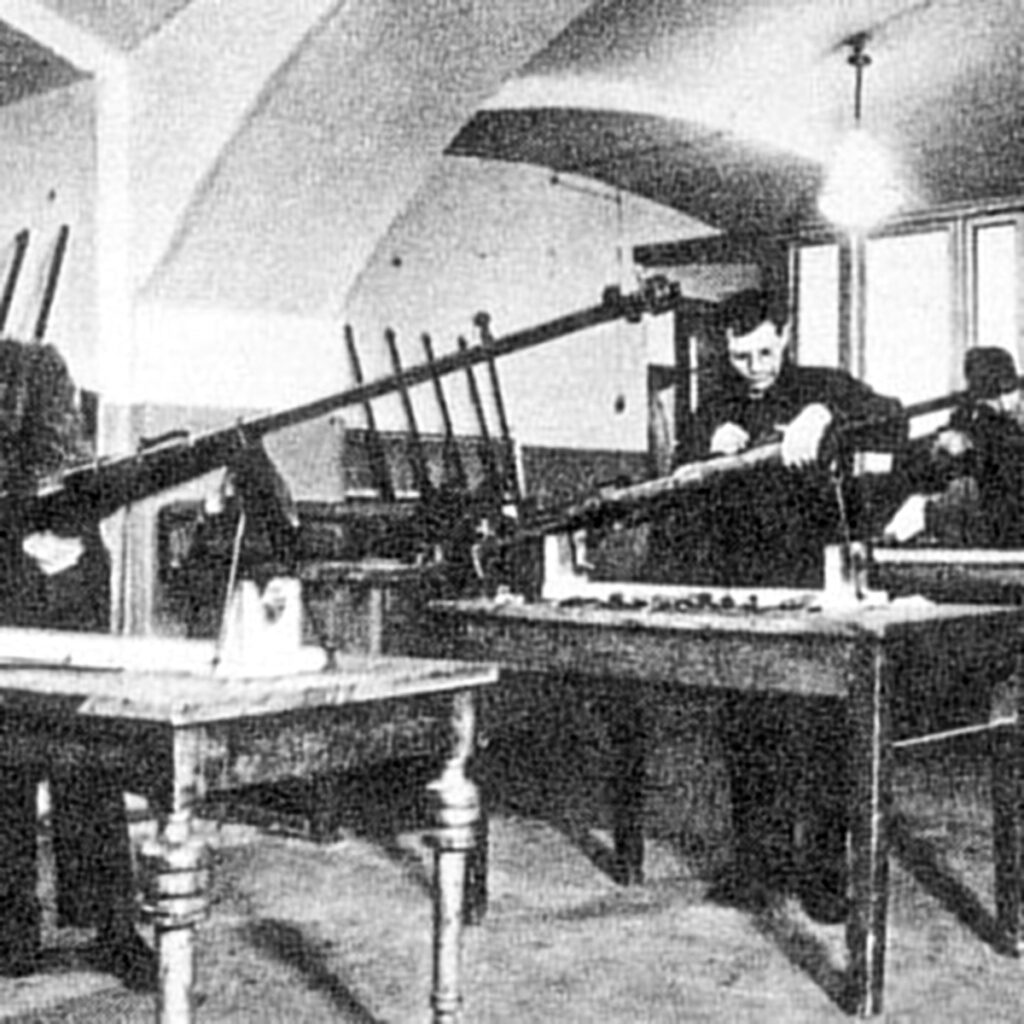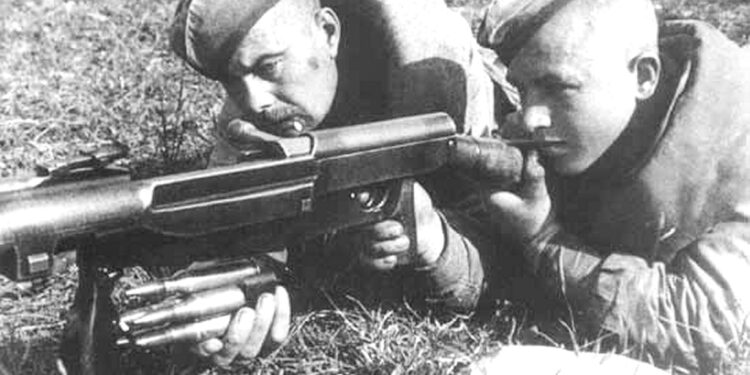By Michael Heidler –
In contrast to Degtyarov’s single-loader, Sergei Gavrilovich Simonov’s semi-automatic gun was more complex to design and took longer to build. It was still in the development phase when the PTRD was already coming off the production line.

Simonov initially began his work on the new anti-tank rifle at Weapons Factory No. 66 in Tula. As early as 1927, the Design Bureau for Equipment Construction (KBP) had been established there for the development of small arms. But the industrial city was only about 200 km south of Moscow, and in the fall of 1941 German troops were fighting their way ever closer to the capital. In Tula, they prepared for the impending attack, digging anti-tank trenches and installing wire barriers in the outskirts of the city. Development work was therefore moved to safer areas. Simonov continued his work from October at Weapons Factory No. 614 in Saratov, 900 km away. Despite this interruption, he was able to complete the weapon before the end of 1941.

And in the same year, the weapon was officially introduced into the Red Army as the Protivotankovoye Ruzhoyo Simonova (Simonov Tank Rifle), or PTRS for short. Ammunition was fed by means of a cartridge clip for five rounds. To do this, the bolt is pulled back, then the cover of the cartridge chamber is swung down, a full clip is pressed into the chamber from below, and then the cover is closed again. A strong spring on the inside of the cover pushes the cartridges upwards in the clip so that the uppermost cartridge can be caught by the forward moving bolt. After the last shot, the bolt remains in the open position for faster reloading.
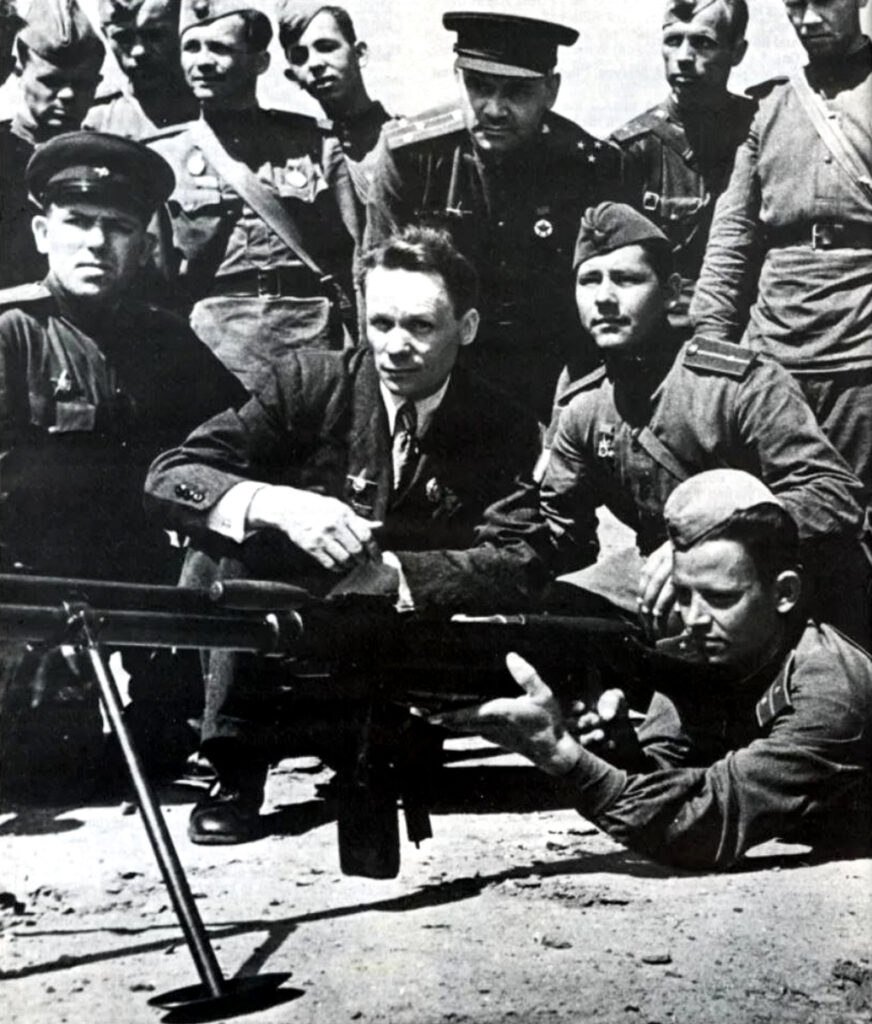
The two anti-tank rifles were comparable in their effectiveness, although Simonow’s weapon, as a semi-automatic gas-operated model, had a higher rate of fire. Its recoil was also somewhat lower since part of the gas pressure was used for the reloading mechanism. On the other hand, this same mechanism was also more prone to malfunction than a simple bolt-action rifle. The gas-port was prone to fouling and Simonow’s weapon did not cope well with extremely low temperatures. In a pinch, however, it could also be used as a single-shot rifle by simply pushing the cartridges into the chamber by hand.
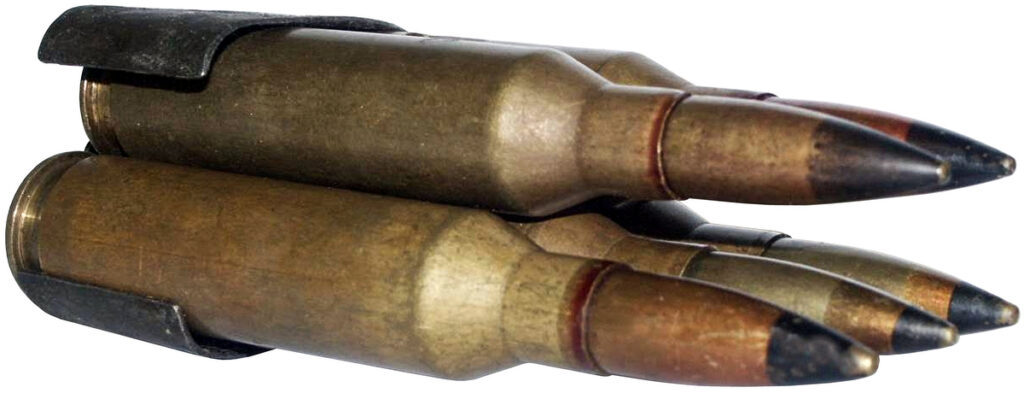
Due to the delay in development, only 77 pieces were produced in 1941. In the following year, however, more than 63,000 were produced, and by the time production of anti-tank rifles was discontinued at the end of 1944, total production had reached 190,615 pieces.
Production Numbers:
1941: 77
1942: 63,308
1943: 93,080
1944: 34,150
There are different sentiments about its popularity among the troops. Many soldiers preferred the lighter and simpler PTRD. Other reports evoke the enormous firepower of the semi-automatic PTRS. In any case, the effect of the single hit on the target was the same.
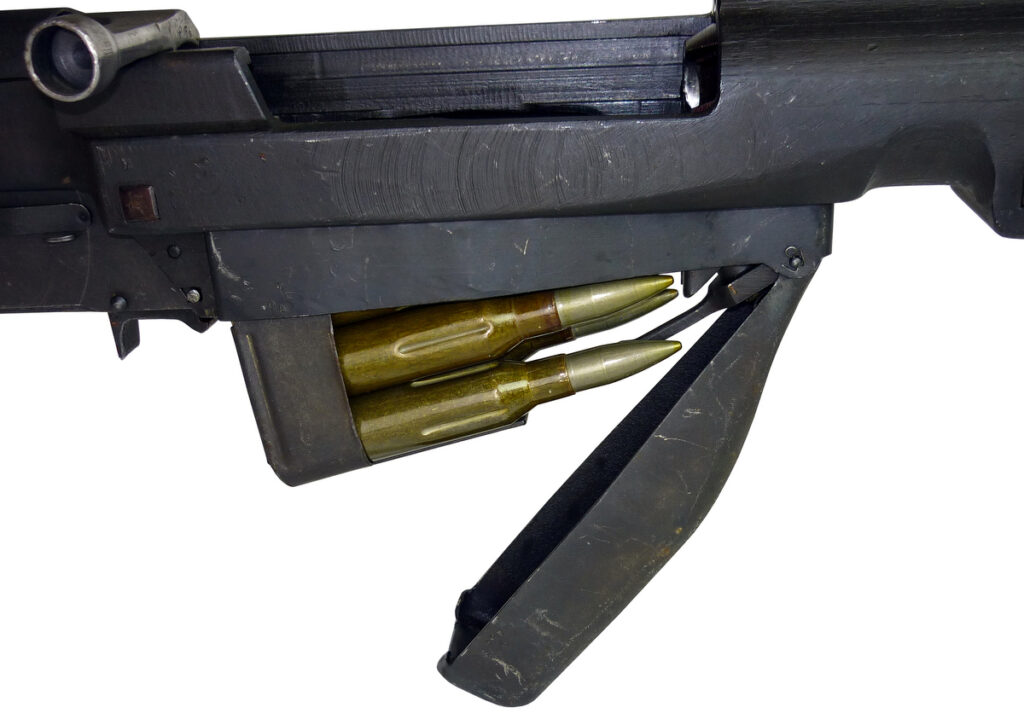
And despite the increasing armor thickness of the German tanks, both weapons remained an opponent not to be underestimated until the end of the war. A well-known example is the successful defense of a strategically important house in the center of Stalingrad by Sergeant Yakov Pavlov and his small combat group. He had realized that the anti-tank rifles were capable of penetrating the thinner armor of the turret tops of the German tanks. After he placed several PTRS on the upper floors of the house, the tanks could no longer approach unmolested and, moreover, could not set their cannons in the narrow streets to the necessary elevation angle to engage the Russians. Pavlov was awarded Hero of the Soviet Union for this action after the war.
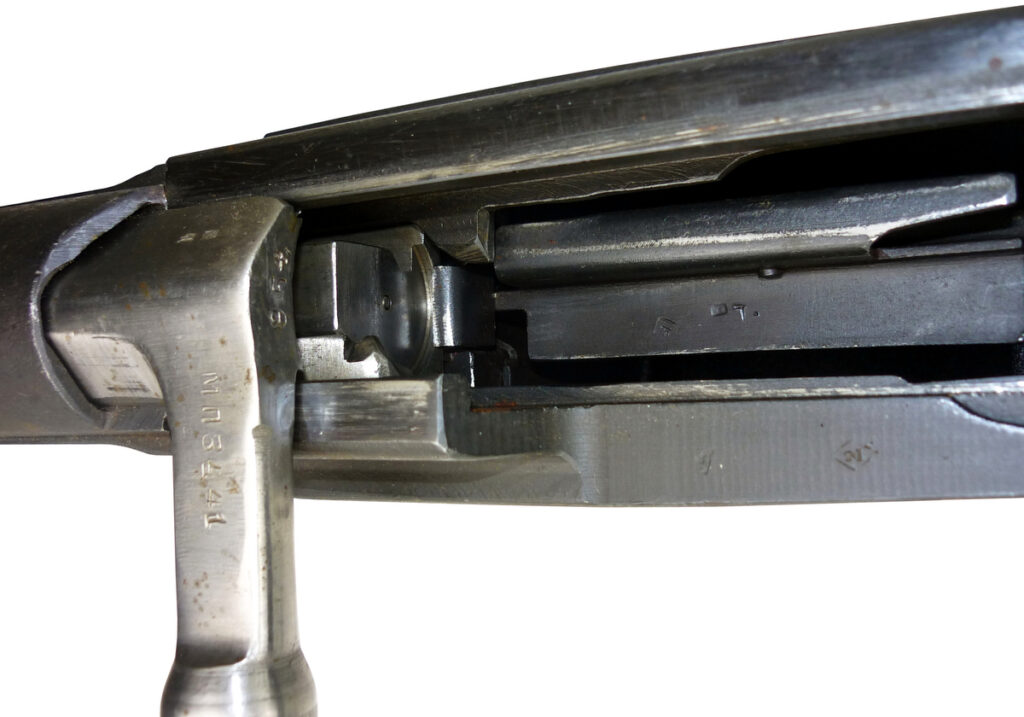
Weapons captured by the Wehrmacht were designated the Panzerbüchse 784(r). Russian PTRDs and PTRSs also appear in not insignificant quantities in the global conflicts since World War II, especially since the ammunition for them is still being manufactured today.
Technical Data:
Caliber: 14.5x114mm
Length: 214cm (84.2in)
Length of barrel: 123cm (48.4in)
Weight (empty): 20.9kg (46lbs)
Magazine Capacity: 5 rounds
